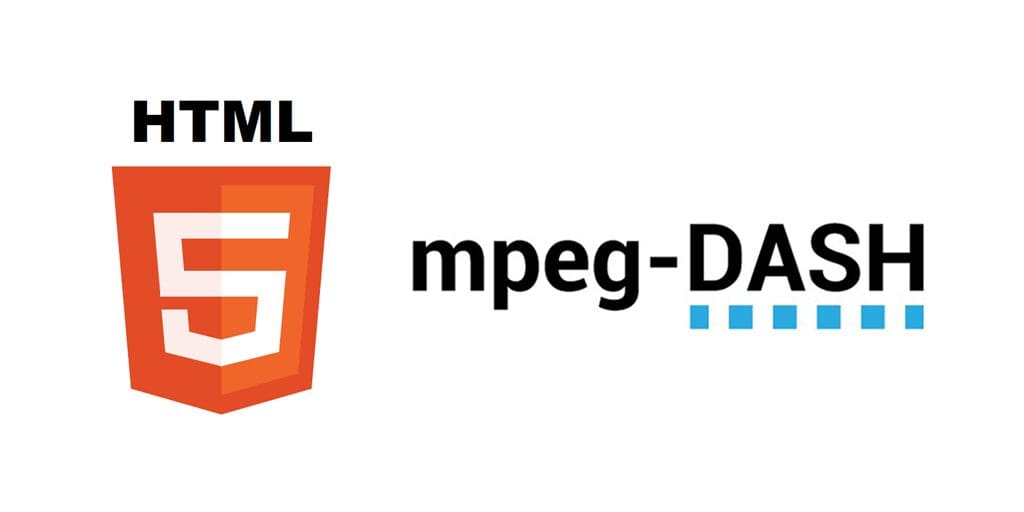![HTML5[1]](https://b3148424.smushcdn.com/3148424/wp-content/uploads/2016/04/HTML51.gif?lossy=2&strip=1&webp=1) The recent news that YouTube has chosen HTML5 as their default playback option – rather than Flash which was used previously – got a lot of attention, including coverage from TechCrunch and TheVerge. However, not many know that YouTube also uses MPEG-DASH in HTML5 wherever it is possible (e.g. IE11, Chrome, Safari). Considering that Netflix is using MPEG-DASH as well, one could say that the two major sources of traffic on the internet choose MPEG-DASH in HTML5 as their core streaming technology.
The recent news that YouTube has chosen HTML5 as their default playback option – rather than Flash which was used previously – got a lot of attention, including coverage from TechCrunch and TheVerge. However, not many know that YouTube also uses MPEG-DASH in HTML5 wherever it is possible (e.g. IE11, Chrome, Safari). Considering that Netflix is using MPEG-DASH as well, one could say that the two major sources of traffic on the internet choose MPEG-DASH in HTML5 as their core streaming technology.
We at Bitmovin think that this is a great example of the success of MPEG-DASH as first-class adaptive streaming technology.
More than just Youtube and Netflix using MPEG-DASH
Seeing names like Youtube and Netflix alongside MPEG-DASH can give you a lot of confidence in the technology, but there is a lot more to it than just big-name endorsements. There are many benefits in embracing the MPEG-DASH standard both now and moving forward into the future. Here are a few of the reasons the big names are turning to MPEG-DASH.
- MPEG-DASH is a company independent, open and international standard, which has broad support from the industry, as one can see by the long member list of the DASH Industry Forum.
- New standards such as the HTML5 Media Source Extensions of W3C, or HbbTV, are enabling MPEG-DASH across many platforms. This also includes further functionalities such as DRM, which is simplifying the whole DRM workflow by common encryption (MPEG-CENC) across different DRM systems as well as standardized playback on HTML5 platforms using the HTML5 Encrypted Media Extensions (EME).
- Heavy PlugIns like Silverlight and Flash are not state-of-the-art, perform poorly and cause security issues. Thus, Chrome recently started to drop the Silverlight support, which is a huge problem for the majority of premium video providers, as they deliver their streams via Smoothstreaming and Playready DRM, which both enforce Silverlight. That’s the reason why those providers now switch to HTML5 with MPEG-DASH and MPEG-CENC based DRM.
- And last but definitely not least, more and more platforms are adopting MPEG-DASH and/or the standards enabling it such as HTML5 EME/MSE or HbbTV. Also, more and more open-source projects enabling MPEG-DASH, such as libDASH, MP4Box, Bento4, the ExoPlayer for Android, etc.
So what does this mean for content providers, websites, streaming services, etc.?
You are ready to go with MPEG-DASH, enabled, e.g., by Bitmovin’s MPEG-DASH player which supports MPEG-DASH playback on any web platform using HTML5 or Flash-based MPEG-DASH playback, as well as on most mobile browsers using HTML5. And, if MPEG-DASH playback is not possible (e.g. on iOS), we simply fallback to HLS. In this context, the following overview is a good example of web browsers adopting DASH:
| Browser | HTML5 MSE & MPEG-DASH supported | HTML5 EME & CDM (Content Decryption Module) |
|---|---|---|
| Chrome | Yes | WideVine Modular, ClearKey |
| Chrome on Android | Yes | WideVine Modular, ClearKey |
| Internet Explorer | Yes (only on IE 11 / Windows 8) | PlayReady |
| Internet Explorer on Windows Phone | Yes (Windows Phone 8.1) | Not supported |
| Firefox | Yes | WideVine, Primetime |
| Safari on OS X | Yes | FairPlay |
| Safari on iOS | Not supported (Fallback to HLS in the bitdash players) | Not supported |
A broader overview of supported platforms and devices can be found on the device and browser support overview page at Bitmovin.com. Furthermore, the standard comparison page of bitcodin.com provides a great overview of the feature set supported in MPEG-DASH. If you want to know more about MPEG-DASH and HLS encoding, checkout out our encoding guide.
Video technology guides and articles
- Back to Basics: Guide to the HTML5 Video Tag
- What is a VoD Platform?A comprehensive guide to Video on Demand (VOD)
- Video Technology [2022]: Top 5 video technology trends
- HEVC vs VP9: Modern codecs comparison
- What is the AV1 Codec?
- Video Compression: Encoding Definition and Adaptive Bitrate
- What is adaptive bitrate streaming
- MP4 vs MKV: Battle of the Video Formats
- AVOD vs SVOD; the “fall” of SVOD and Rise of AVOD & TVOD (Video Tech Trends)
- MPEG-DASH (Dynamic Adaptive Streaming over HTTP)
- Container Formats: The 4 most common container formats and why they matter to you.
- Quality of Experience (QoE) in Video Technology [2022 Guide]




